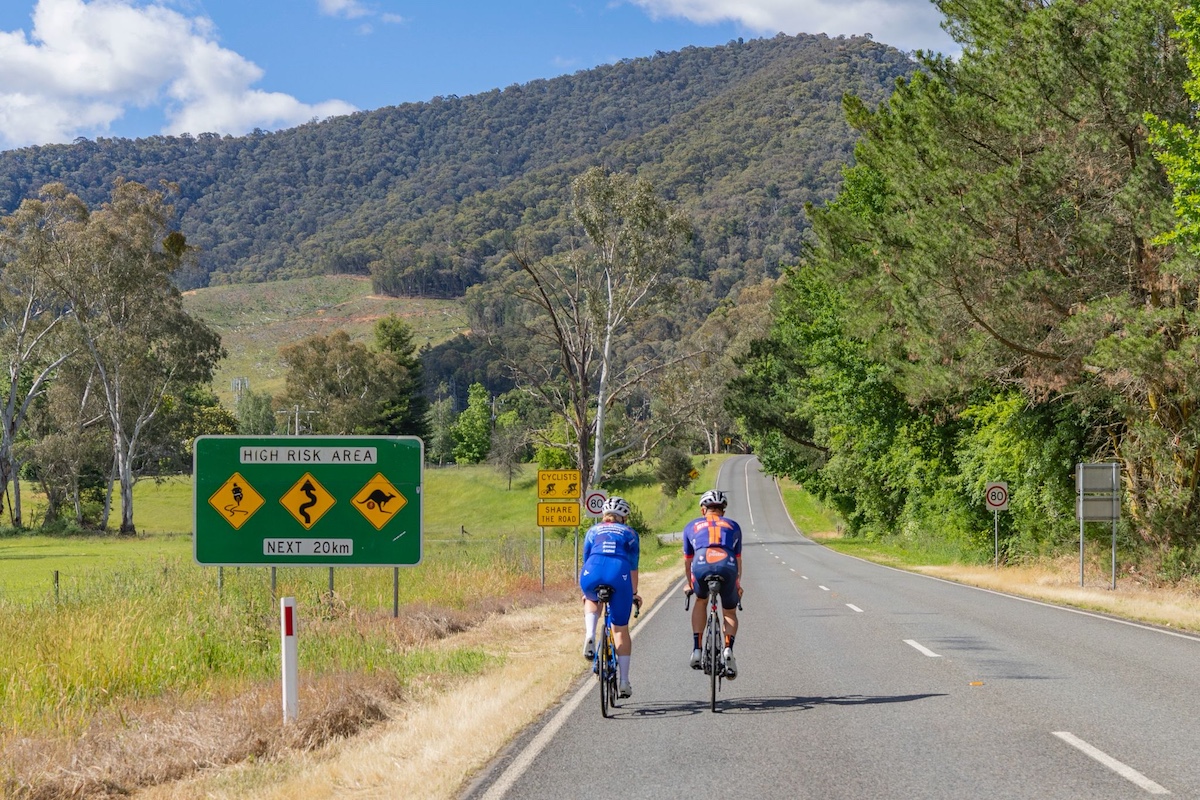The best bike saddles
One of the most crucial parts of your bike, the best bike saddles will be comfortable and supportive without being bulky or heavy
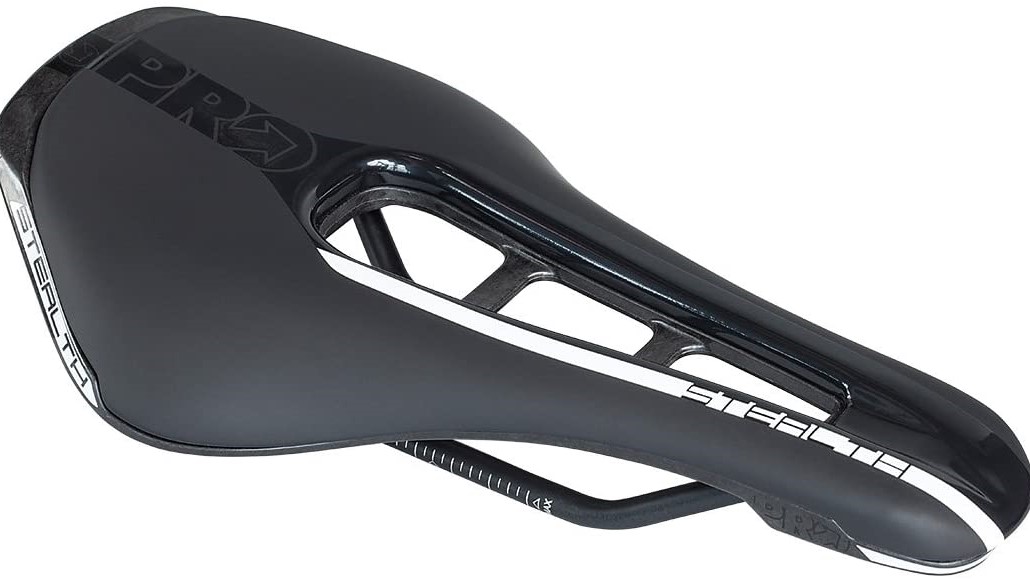
No two people are built the same, and no one saddle will work for every person, so choosing the best road bike saddle for you will be a personalised approach that likely involved measurement, and potentially a little trial and error.
There are numerous saddle types, including those with central cut-outs, saddles with a flat profile and some that are curved. Some saddles are short, while others are long, and most come in a choice of widths.
A well-fitting saddle will put your weight on your sit-bones (or ischial tuberosities to give them their proper name) without pressurising soft tissue areas such as genitals or perineum. A badly fitting saddle will likely make itself known with discomfort at the contact point, but they can even be the cause of pains elsewhere, such as the lower back or knees.
Better-specced road bike saddles often come with a host of carbon fibre, and the padding is limited to the right areas in order to save weight. However, while 50 grams might be exciting on paper, nothing trumps comfort when choosing the best saddle for you, so be sure to choose something that fits.
There are thousands of saddles on the market, which can make finding the right one for you a difficult and everlasting process, but thankfully Cyclingnews is here to help.
Scroll down for our pick of the best road bike saddles, however, if you're unsure what to look for, we've got you covered on that too.
What to look for in a saddle?
Choosing the right saddle based on specifications alone might seem like a difficult task, but while the proof is very much in the sitting, the following advice will help you on your way to comfort.
The latest race content, interviews, features, reviews and expert buying guides, direct to your inbox!
Luckily, many brands offer a guarantee that allows you to try a saddle, then return it, should it fail to comply.
1. How to choose the correct width saddle
Finding the best road bike saddle that fits starts with making sure the seat is supporting your body weight with your sit bones (ischial tuberosities and pubic rami) and not the surrounding soft tissues. This means finding a saddle that is the correct width and shape.
Most bike shops will have a memory foam pad which you can sit on to measure the width of your sit bones. If your local shop doesn't have one of these tools, the same process can be done at home with a piece of corrugated cardboard.
Simply pop the cardboard (corrugated side up) onto a chair, and sit on it (ideally whilst wearing non-bulky clothing) ensuring your weight is put directly through your sit bones. Once they have pressed down on the cardboard, find and mark the centre of each indentation and measure the distance between each. Once you have this measurement (in millimetres), it gives you a rough starting point of what size saddle you are going to need.
However, several factors including your flexibility, how aggressive your position on the bike is, and your pedalling style will also play a significant role in the shape you choose.
2. How to choose the right shape saddle
As a rule of thumb, riders who tend to stay in a more upright position - or are less flexible - tend to prefer flat (front to back) saddles. A flat saddle also makes for a more consistent feel when sliding forward or back on the saddle.
On the other hand, waved or curved saddles are usually preferred by riders who are more flexible or ride in a long and low, aggressive position. Riders who don't move around much on the saddle also usually prefer a wavy or curved profile as it keeps them locked in place.
Many inflexible riders have also found favour with short-nose or stub-nose saddles, as they enable a more forward position without causing discomfort. While shorter in length, the nose tends to be a little wider and therefore also offers comfort when 'on the rivet'.
Many brands are offering gender-specific saddles and have been putting more resources into developing saddles to suit different anatomies. Having said that, we know plenty of women who prefer a men's or 'unisex' saddle, and even a couple of men whose saddle of choice is a women's specific model.
3. Cutout
Many of the best road bike saddles feature cutouts or pressure relief channels that run the length of the saddle. The idea here is to eliminate soft tissue pressure by removing the material that would push on the wrong part of your undercarriage.
For some, the cutout is the golden ticket; however, others may find the edge of the channel digs into or pinches sensitive areas.
Unfortunately, there are no hard-and-fast rules on this one but bear in mind that both exist, so if you're having trouble with one, the other might be the answer.
4. Padding
When it comes to padding, less is usually more. Highly padded saddles can cause more soft tissue pressure than their lightly padded counterparts because your sit bones sing into the padding and then some of the support is shouldered by your perineum. On the other end of the spectrum, saddles with no padding at all like the Prologo C.ONE Nack Carbon Saddle are usually overkill unless you ride exclusively on smooth tarmac.
5. Other considerations
Saddles come in a range of prices because of the variety of materials used for the shell, cover, and rails.
Carbon shells will usually be lighter, may offer some vibration absorption and will often be more expensive, and pretty stiff. Saddles with plastic or nylon shells will often be a bit more forgiving and cost less too.
Rail material will also play a role in the design of your prospective saddle but also the price. Carbon rails are the lightest, but they may not work with your seat post clamp because of their oval shape. Titanium rails are a tad lighter and more expensive than those with steel, but steel rails are the most durable.
Most saddles on the market will have a cover made with synthetic leather, and some have reinforced areas or even grippy patches to keep you from sliding around.
Finally, if you get a new saddle, make sure to check your saddle height. Different models can add or subtract a few millimetres from your overall saddle height (from the bottom bracket), which can introduce a whole new set of issues.
It's worth mentioning again that we are speaking in broad terms here, and what works for you will depend entirely on you and your anatomy.
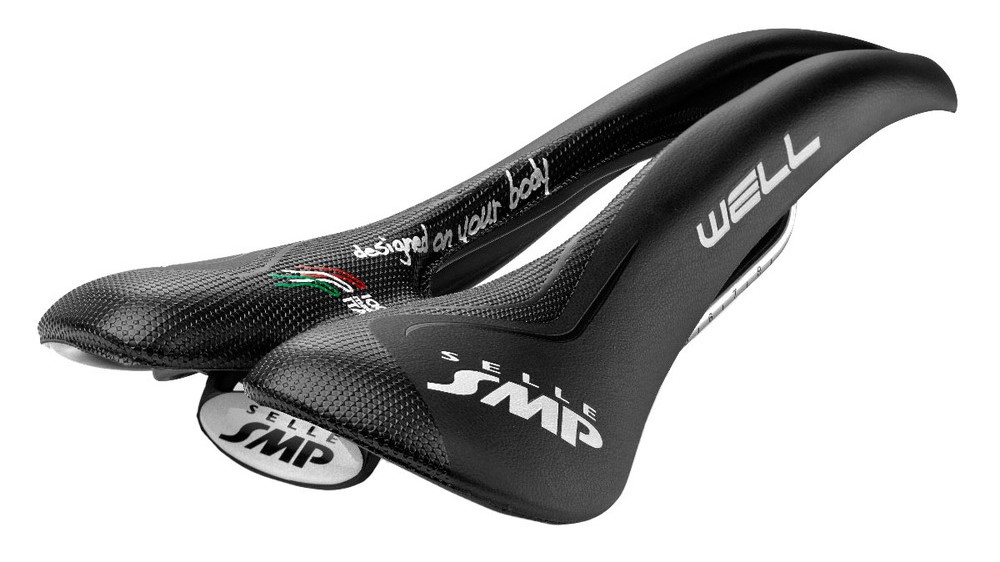
Selle SMP Well
Funny looking, but don't knock it 'til you've tried it
Selle SMP has been making saddles for almost a century, and though their saddles may look a bit like medieval torture devices, the long and wide centre cutout that runs the full length of the shell and sharply bent nose have gained passionate following the world over, especially from bike fitters.
Selle SMP's unique design is based on empirical studies looking into ergonomics, eliminating soft tissue pressure and maximising genital blood flow, and if you can get past the odd aesthetic offers a supremely comfortable seat. The Well features a pretty dramatic curve, which is designed to keep you planted on the saddle but also allows you to rotate your pelvis to suit your riding position. It also features generous elastomer padding and features SMP's one piece steel rail.
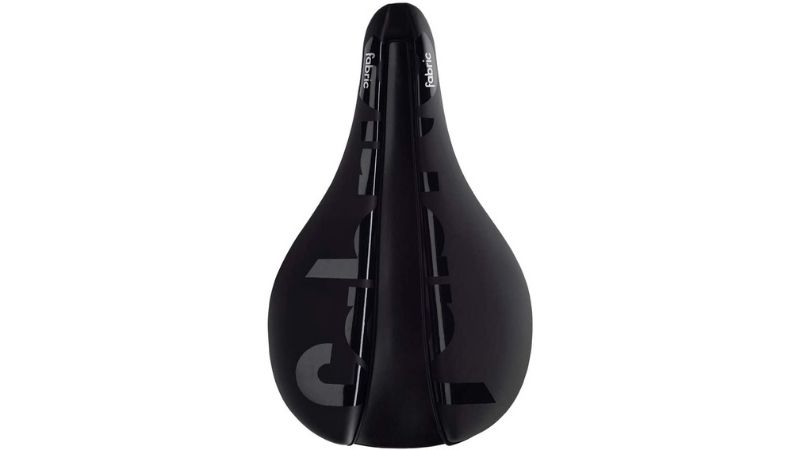
Fabric Line-S Race
Cost-effective comfort from this short nose saddle with a wide cutout
The Line-S actually comes in three different forms, the Elite, Race and Pro. Elite is specced with alloy rails, Race is specced with titanium rails, and Pro gets carbon. At RRP, the Race doesn't make much sense over the Elite, because it costs an extra 25% and the only benefit is a 10-gram saving. However, it can be commonly found cheaper than the Elite, which makes it a no brainer.
Whichever spec you choose, there's a choice of 142mm and 155mm, meaning it should be suitable to the majority of our needs. The wide cutout and its sheer edges might look intimidating, but Fabric's choice of materials and padding really help to prevent pinching or sharp edges.
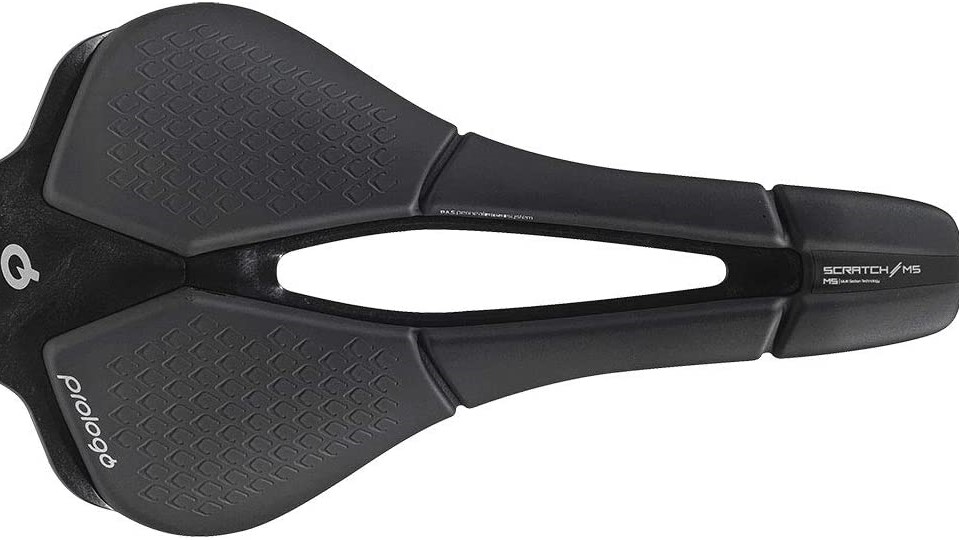
Prologo Scratch M5 PAS
Value for money saddle with segmented padding and a well-liked shape
Prologo Scratch is a unisex saddle aimed at on and offroad riding. The Scratch M5 uses a rounded profile and whether it’s this shape specifically, or in combination with the MSS padding but the result is a saddle that is very comfortable for a range of riding from quick training ride to long haul days out.
The unusual segmented foam is more than an aesthetic cue. The segments form the MSS (multisector system), designed in collaboration with the Politecnico of Milano, which breaks the saddle up into independent zones. Each area has a specific level of foam density for tailored support based on pressures that have been mapped when riding in different positions. An unscientific prodding with a thumb doesn’t seem to show any discernable difference in density between these zones although there is certainly a depth change from the front to the rear.

Pro Stealth
The adapted TT saddle that has become very popular on the road
Shimano's answer to the short and wide saddle with a large cutout is the PRO Stealth, ideal for those who are ever searching for a low and aero position on their bike.
Available in two widths, aesthetically the Stealth looks quite similar to the Power; however, the profile is flatter front to back, with a broader nose and slightly softer padding. While the Stealth was initially designed with Team Giant Alpecin as a TT perch, we’ve had pretty good luck with it on our mountain bikes.
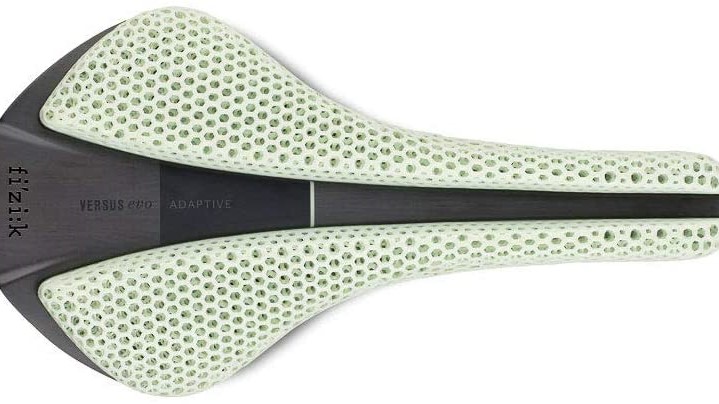
Fizik Antares Versus Evo 00 Adaptive
Fizik has rewritten the rules with its new digitally printed cycling saddle
Fizik has employed an altogether different tact in its bid to create the best road bike saddle. The company's futuristic 3D-printed saddle garnered polarising opinions when it was first revealed to the cycling press in September at Eurobike 2019.
And while it's not the first manufacturer to embrace the 3D-printed saddle concept, the Italian company has beaten all its rivals to the market - including Specialized and its Mirror saddle.
Fizik partnered with Carbon, a 3D printing specialist based in California, to fabricate the 3D-printed lattice structure. Twinned to a carbon-fibre Antares Versus Evo 00 chassis, the complete package tips the scales at a scant 153g (on our scale).
The Antares Adaptive saddle is a culmination of pressure mapping data collected over the last nine years which Fizik has used to identify key areas of attention. The 3D-printing process has allowed Fizik to preside over the key areas of the saddle's cushioning and performance, tailoring such attributes as density, dampening and elasticity.
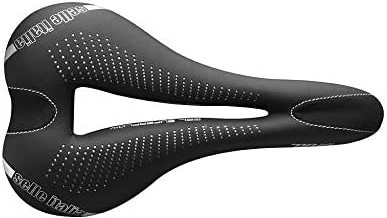
Selle Italia Women's Diva Gel Superflow
Women-specific design for comfort
The Selle Italia Diva Gel Superflow comfort saddle sits within the brand's Gran Turismo line, which it calls 'rich in design as well as comfort'.
Designed specifically for women, it features an anatomic cut-out combined with a gel layer to provide excellent comfort. It's specifically formulated to support soft tissue areas and offer great flexibility at the front, while the thin layer of silicone gel is designed to absorb vibrations from the road.
Titanium rails help to keep the weight down, with the saddle weighing between 275-285g, without compromising on durability.
